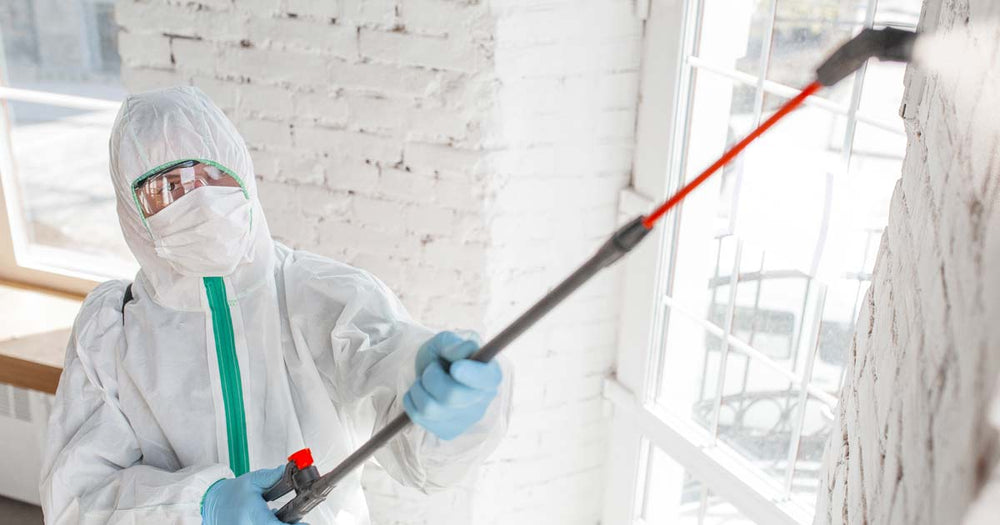
Understanding Your Pet’s Breed and Coat Type
Before diving into grooming, it’s crucial to understand your pet’s specific needs. Different breeds have vastly different coat types – some are short and smooth, while others boast long, thick, or curly fur. Knowing your pet’s breed helps you determine the frequency of brushing, bathing, and other grooming tasks. For example, a long-haired Persian cat will require far more frequent brushing than a short-haired Siamese. Similarly, a double-coated dog like a Husky will shed seasonally and need specialized brushing techniques to manage the undercoat. Researching your pet’s breed standards is a great first step.
Essential Grooming Tools: Building Your Kit
Having the right tools makes grooming much easier and more enjoyable, both for you and your pet. A basic grooming kit should include a few essential items. For brushing, you’ll need different types of brushes depending on your pet’s coat: slicker brushes for long hair, bristle brushes for short hair, and de-shedding tools for those heavy shedders. A good quality comb is crucial for removing mats and tangles. Nail clippers, specifically designed for pets, are essential for maintaining nail length. Finally, you’ll need pet-safe shampoo and conditioner, preferably formulated for your pet’s specific coat type. Consider adding ear cleaning solution and wipes, as well as pet-friendly toothpaste and toothbrush.
![]()
Brushing: The Cornerstone of Pet Grooming
Regular brushing is the foundation of a healthy and well-groomed pet. It helps prevent matting and tangles, removes dead hair and dirt, and distributes natural oils throughout the coat, keeping it shiny and healthy. The frequency of brushing will depend on your pet’s coat type – daily brushing might be necessary for long-haired breeds, while weekly brushing might suffice for short-haired ones. Always use gentle strokes and be mindful of your pet’s comfort level. If your pet shows signs of discomfort, take breaks and make the experience positive with treats and praise.
Bathing Your Pet: Techniques and Tips
Bathing your pet shouldn’t be a stressful ordeal. Use lukewarm water and a pet-specific shampoo to avoid irritating their skin. Wet your pet’s coat thoroughly, avoiding getting water in their ears and eyes. Apply the shampoo, gently massaging it into their fur. Rinse thoroughly to remove all traces of shampoo, as residue can cause skin irritation. Towel-dry your pet as much as possible before allowing them to air dry. For particularly long-haired breeds, you might consider using a pet dryer on a low setting.
Nail Trimming: A Necessary but Often Overlooked Task
Keeping your pet’s nails trimmed is important for their comfort and overall health. Overgrown nails can cause discomfort when walking, and can even lead to joint problems. Use sharp, pet-specific nail clippers to trim the nails, carefully avoiding the quick (the pink part of the nail containing nerves and blood vessels). If you’re unsure about trimming the nails yourself, consult a professional groomer for guidance. Regular nail trimming helps prevent breakage and keeps your pet’s feet healthy.
Ear Cleaning: Maintaining Ear Health
Regular ear cleaning is crucial to prevent ear infections. Use a pet-specific ear cleaning solution and cotton balls or gauze pads to gently wipe the inside of the ear flap. Avoid inserting anything into the ear canal, as this could cause damage. If you notice any redness, swelling, excessive wax buildup, or foul odor, consult your veterinarian immediately, as these could be signs of an infection. A clean ear is a healthy ear.
Dental Hygiene: A Vital Part of Overall Wellbeing
Dental hygiene is often overlooked but plays a critical role in your pet’s overall health. Just like humans, pets can suffer from periodontal disease, which can lead to serious health problems. Brush your pet’s teeth regularly using pet-specific toothpaste (never use human toothpaste). You can also provide dental chews and toys to help keep their teeth clean and strong. Regular dental checkups with your veterinarian are also recommended.
Professional Grooming: When to Seek Expert Help
While many grooming tasks can be managed at home, professional grooming is sometimes necessary. If your pet has a particularly thick or long coat, or if you’re uncomfortable performing certain tasks like nail trimming, it’s best to seek the help of a qualified groomer. Professional groomers have the expertise and tools to handle complex grooming needs and can provide valuable advice on maintaining your pet’s coat and overall health. They can also identify potential health issues early on.
Making Grooming a Positive Experience
The key to successful pet grooming is making it a positive experience for your pet. Start with short grooming sessions, rewarding your pet with treats and praise throughout the process. Make grooming a regular part of your routine so your pet gets used to it. If your pet is anxious or fearful, consult your veterinarian or a professional groomer for tips on managing anxiety during grooming. Read also about all breed grooming







